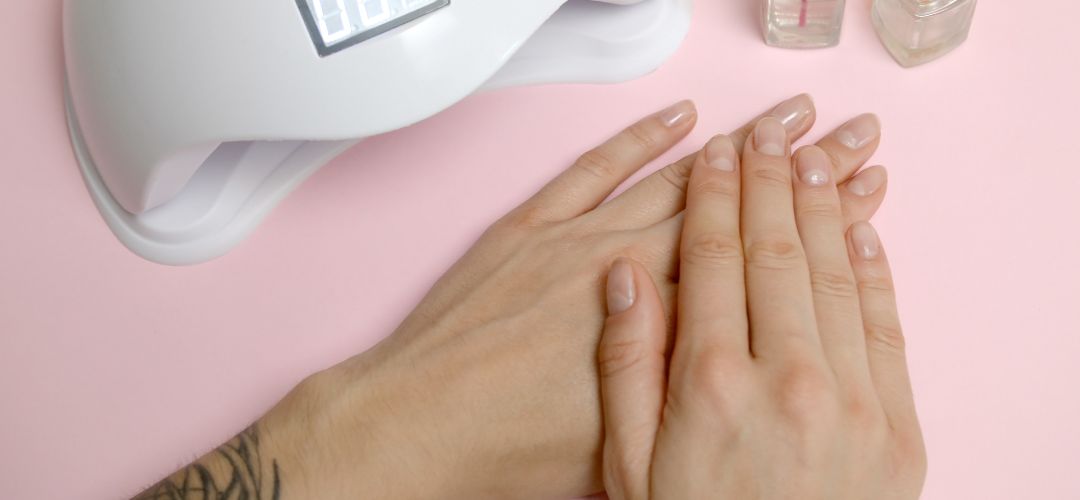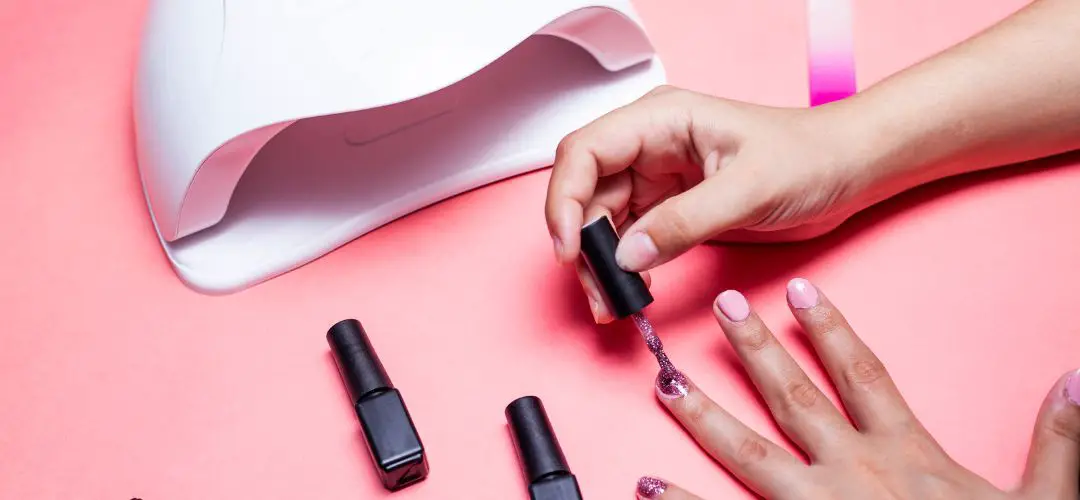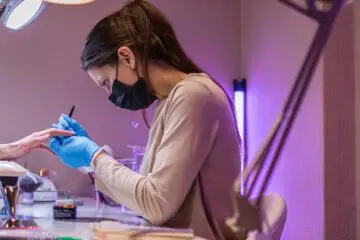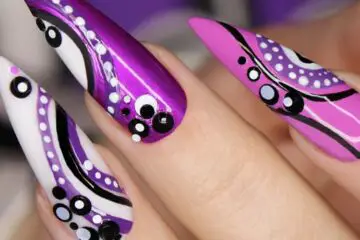Which is better UV or LED nail lamp? | Welcome to the age-old debate: UV or LED nail lamp, which is better? It’s a battle that has been raging since the invention of gel manicures. Some swear by the traditional UV lamps while others are adamant that LED nails last longer and are worth the extra cost. The only way to really know for sure is to get your hands on both and do some experimenting! In this article, we’ll take a look at the pros and cons of each nail lamp type to help you decide which is best for your needs.
It’s time to find out once and for all: UV or LED nail lamp, which is better?
While both types of lamps will give you salon-quality results, there are distinct advantages and disadvantages associated with each one. Let’s explore these in more detail below.
UV Lamps: Pros & Cons
Pros: UV lamps typically cost less than LED lamps and offer an even curing process that can last up to two weeks without chipping or cracking. They also emit less heat than LED lamps so they’re better for users with sensitive skin.
Cons: UV lamps require more time to cure and are not as energy efficient as LED lamps, which means you’ll have higher electricity bills if you use your lamp frequently.

LED Lamps: Pros & Cons
Pros: LED lamps typically cost more but offer faster curing results and consume less energy, making them an excellent choice for frequent users.
Cons: The higher price tag of LED lamps can be a deterrent, especially if you don’t plan on using it often or want to try it before committing to a more expensive option. LED lamps also require special gels and polishes in order to be used, so you’ll need to buy them separately.
Do nail salons use LED or UV lights?
Most professional nail salons use LED lamps as they offer a faster curing process and don’t emit UV rays. However, some salons may still opt to use the traditional UV lamps, so it’s best to check with your salon before booking an appointment if you have any preference for which type of lamp is used during your treatment.
Does LED require special gels/polishes?
Yes, LED lamps require special gels and polishes in order to be used. While UV gel manicures can be completed using any type of gel or polish, LED lamps require special formulations that contain specific ingredients that allow for faster curing times. These formulas are designed to cure with the lower heat emitted by the LED lamp, which means regular polishes and gels won’t cure properly with an LED lamp. However, there are plenty of options available for LED-compatible gel polishes so you’ll have no shortage of colors and designs to choose from!
How long do UV nails last?
UV nails typically last up to two weeks before chipping or cracking, although this depends on the quality of the gel used and how well it’s applied. The curing time with a UV lamp is also longer than that of an LED lamp – usually around 2-3 minutes as opposed to 10-15 seconds with an LED lamp – so it may take longer to achieve salon-quality results.
When properly applied and cured, UV nails can look glossy and remain chip-free for up to two weeks. As UV nails begin to age, they may start to lose their shine and may require more frequent touch ups in order to maintain the same quality of finish. Additionally, exposure to water or other chemicals can also weaken the bond of UV nails, making them more likely to break or chip. To ensure longer-lasting results, it’s best to keep your hands dry.
Is a UV lamp better for frequent use?
No, UV lamps are not the most energy-efficient option nor are they the healthiest choice for frequent use. While they offer an even curing process, the heat produced by UV lamps can be uncomfortable for many users and the higher energy consumption means you’ll have higher electricity bills. Furthermore, UV lamps emit more harmful UV radiation than LED lamps so it’s important to use them sparingly and with caution. On the other hand, LED lamps are a better option for frequent use as they’re energy-efficient, produce a comfortable amount of heat and don’t emit any UV rays. This makes them a much healthier choice for frequent users, but they do require special gels and polishes so you’ll have to invest in these separately.
Will UV nails chip or crack easily?
UV nails can chip or crack easily if not applied correctly and if exposed to water, chemicals or other elements that weaken the bond between the nail and the gel. To ensure longer-lasting results, it’s important to apply the gel properly and make sure it is fully cured before exposing your hands to any elements that could potentially reduce its longevity.

Is LED more environmentally friendly?
Yes, LED lamps are much more energy-efficient than traditional UV lamps. They use less electricity for the same amount of curing time, thus reducing their carbon footprint and making them a more environmentally friendly choice. Additionally, LED lamps don’t emit any UV radiation, so they’re also safer for users who are concerned about the long-term effects of UV on the skin. Therefore, LED lamps are a more sustainable and eco-friendly option compared to traditional UV lamps.
In Conclusion | Which is better UV or LED nail lamp?
It really depends on your preferences, lifestyle and budget. UV lamps are better for achieving precise and consistent results, but they require slightly longer curing times and produce more heat than LED lamps. LED lamps, on the other hand, are more energy-efficient and don’t emit any UV. They also require special gels that can be a bit more expensive than traditional polishes, but they allow for faster curing times. Ultimately, both lamps offer different benefits and drawbacks so it’s important to decide which type best suits your needs before investing in a lamp.


